Use AI Wisely: Rules for Ethical Interaction with Neural Networks
Artificial intelligence is now firmly embedded in our daily lives — it helps us search for information, summarize and organize large datasets, plan daily tasks or build long-term strategies, translate from any language in the world, and curate lists of books, music, and films to match your mood.

We trust neural networks with more and more tasks, which means they begin to influence not only our efficiency but also our decisions, worldview, and values. That is why it is important today not just to use AI, but to do so consciously and ethically.
Benefits and risks
The main advantage of artificial intelligence is that it can speed up and simplify many processes while mostly preserving quality, although in some cases human refinement is still required. A neural network will instantly suggest a ready-made solution, explain a confusing topic, help with a project plan, or come up with a gift idea. For different tasks we use many different neural networks - for creating visuals, for example, Midjourney, DALL·E 3, Stable Diffusion are excellent; for working with text - ChatGPT, Claude, Gemini; for generating music and video - Suno.ai and Runway.
But there is a flip side. The more we rely on AI, the greater the likelihood that our critical thinking will weaken and we will lose the skill of creating things ourselves. The danger is not in the mere fact of using external, somewhat "soulless" help, but in our own tendency to stop making an effort. Therefore, neural networks should not be seen as a replacement for our thinking, and we should not trust them with everything, including shifting responsibility onto them.
At the same time, algorithms are trained on large datasets that may contain errors, inaccuracies, outdated facts, or ambiguous material. If you follow their recommendations blindly, you can make a wrong decision - from a poor investment choice to an incorrect diagnosis when using medical applications.
Where AI gets things wrong
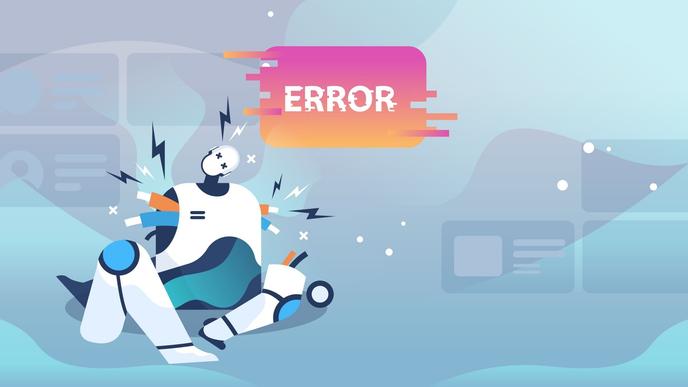
Of course, AI makes mistakes too, but these errors do not arise because neural networks "do not understand" things or "think" differently than humans; rather, they depend on the quality of the data, its quantity, and the context.
For example, if an algorithm is trained on a sample dominated by certain social groups, it may produce incorrect predictions or recommendations for others. There is a known case when a candidate-evaluation system undervalued women's results because it was trained on historical data in which most successful resumes belonged to men.
In most cases, a neural network may misinterpret a request due to imprecise prompts. If the context is insufficiently clear, the model can produce information on the subject but not the information you expected - in a different format, giving attention to the wrong details.
One should also remember that AI sometimes "hallucinates" - confidently reporting false facts and citing nonexistent sources. This is particularly dangerous when seeking legal or medical information. Sometimes neural networks invent details about certain events, report on people who did not exist in reality, and so on. Therefore, it is very important to specify in the prompt that the neural network should output only real facts, confirmed by authoritative and reliable sources, and attach links to them.
Another danger of neural networks is data leakage. By sending personal data or work documents to a neural network, you can unintentionally disclose confidential information, so it is better not to upload data from reports and similar materials into AI.
How to avoid such mistakes
- Check the facts. Do not take a neural network's answers as truth. Cross-check information through official sources; ask the AI to confirm the presented facts with links.
- Formulate clear queries. The more precise and detailed the instruction for the neural network, the lower the risk of distortions and the higher the quality and usefulness of the answer you will receive.
- Limit sensitive data. Never transmit personal, financial, or work-related information.
- Maintain control. The decision must always remain with a human, not with an algorithm; therefore, when interacting with a neural network, treat the information received as auxiliary rather than as a finished solution.
AI is not an expert and not a substitute for a real person, but merely an assistant from whom you must learn to ask correct questions and interpret answers properly.
Ethical guidelines of the digital age
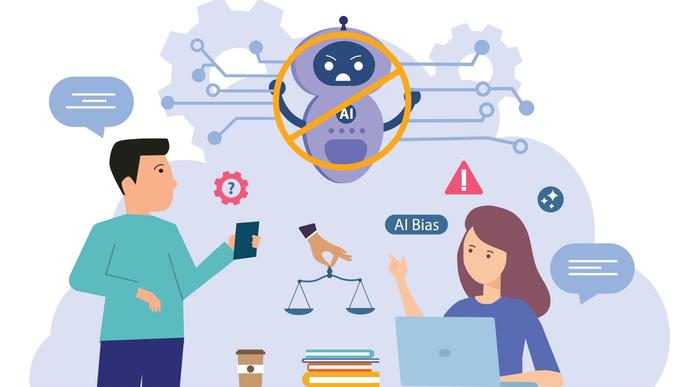
Ethical use of artificial intelligence is not a set of prohibitions but a new culture of interaction between humans and technology. It is built on four key principles:
- Awareness. Before using AI, ask yourself: "Why do I need this?" Use AI for routine tasks in order to free up time for thinking, not to avoid it. For example, instead of asking ChatGPT to write an essay for you, ask it to help search for and systematize information on the essay topic. Moreover, do not allow algorithms (not only AI but also social networks) to form your worldview. Read books, scientific articles, and consult experts.
- Transparency. Disclose when you are using AI. If a text is written with the help of a neural network, do not present it as wholly original authorship. This is honest and will only strengthen trust.
- Confidentiality. Protect personal data - yours and others'. An ethical user does not provide AI with information that could violate someone's right to privacy and also cares about the privacy of their own data.
- Fairness and impartiality. Do not use AI for discrimination, manipulation, cyberbullying, or creating fakes. Remember that even a neural network is trained on human data and therefore can convey human biases, reproduce stereotypes, and so on.
Ethical interaction also includes caring for your digital footprint. Everything you create with AI - texts, images, scripts - shapes cultural space. When using neural networks, it is important to think about the quality and meaning of the content you distribute. If AI can create thousands of images in a minute, our task is to ensure that among them there are no harmful, xenophobic, or misleading materials.
In addition, ethical use of neural networks involves environmental responsibility. Training and operating large neural networks require enormous energy consumption, creating a significant carbon footprint. Every request you make, especially complex ones that require long computations, is not an abstract action but a real expenditure of the planet's resources. Therefore, an ethical user strives for efficiency: formulates requests clearly and thoughtfully, avoids excessive or pointless queries, and consolidates tasks. Conscious use of AI is also a contribution to reducing the burden on the environment.
Digital detox
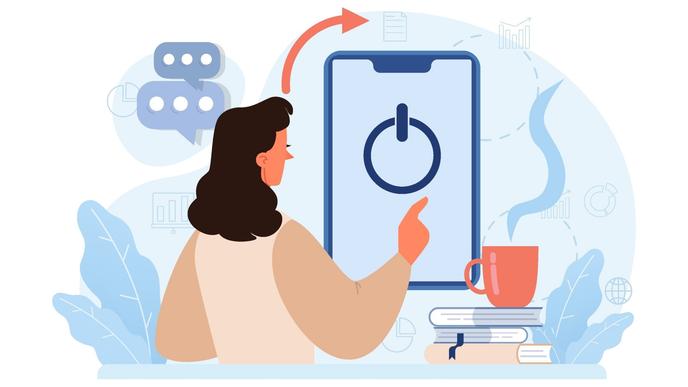
Aside from usage rules, it is important to periodically do a "digital detox" from AI. Plan in advance tasks that you will solve exclusively by your own mental effort, without help from neural networks. This could be writing an essay, planning a trip, brainstorming ideas, or analyzing complex information. Set aside at least a few hours a week when you create something solely by your own hands and mind - maybe write a short text, sketch in a notebook, or compose a melody. Analytical challenges are also useful: when faced with a problem, spend 15-20 minutes trying to come up with a solution independently, formulating your own ideas and hypotheses, and only then turn to AI to expand that list.
Such practice is not a rejection of progress but cognitive hygiene. It helps keep memory, critical thinking, and creativity in shape, preventing them from atrophying due to the habit of relying on ready-made algorithmic solutions. Remember: your goal is to cooperate with AI, not become dependent on it.
Lectera’s Online Courses by topic
How to make ethical use a habit
- Set your digital boundaries. Start simply: create a personal set of rules, similar to a "code of digital conduct." Write down what you will not do using AI - for example, generate texts in someone else's name, use neural networks to create fake reviews, images, or messages. Add positive affirmations as well: "I always indicate if material was created with AI," "I do not share confidential information," "I use AI only for educational and work purposes." This approach forms an internal filter - even if the temptation arises to use the technology "around the rules," the habit will remind you of the principles.
- Verify data sources. If you create content using AI, make sure it does not violate copyright. Also, before uploading data or submitting a query, ask yourself: "What do I want to get?" and "Will this harm anyone?"
- Filter emotions. Do not entrust AI with emotionally significant questions - for example, writing personal letters, giving relationship advice, or passing judgment on people. Ethical use of AI implies not only correct interaction but also quality control of the content created. If you generate a text, image, or presentation, check whether it contains bias or discriminatory subtexts.
- Learn digital hygiene. Understand what traces you leave when using online services and regulate access to your data.
- Develop critical thinking. An ethical user does not make decisions based on a single algorithm. He analyzes, compares, doubts - and only then draws a conclusion. The foundation of ethical use is the ability to doubt.
It is also important to understand the limits of AI's competence. It can analyze, suggest, help structure ideas, but it cannot replace human experience and empathy. True mastery in working with AI is the ability to maintain a balance between technology and humanity. Therefore, if neural networks are used consciously, they will not be able to replace human thinking but only enhance it.
Share this with your friends via:
Latest News

A significant stage in the development of the alternative education system has begun in West Northamptonshire in the UK: the County Council is actively calling on parents, guardians, and trustees to participate in shaping the future of this key area.

Outwoods Primary School in Atherstone, Warwickshire, having experienced deep sadness after the loss of their famous cat, Silla, has found solace in a new pet – a Maine Coon named Aloysius O’Hara.
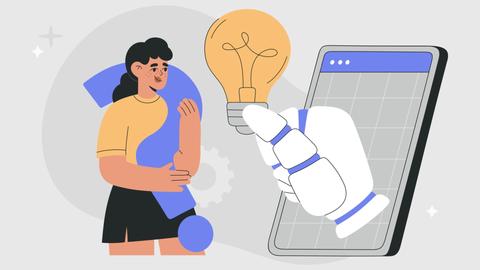
In modern universities, artificial intelligence, and in particular ChatGPT, is rapidly transforming from a controversial tool into a full-fledged student assistant.
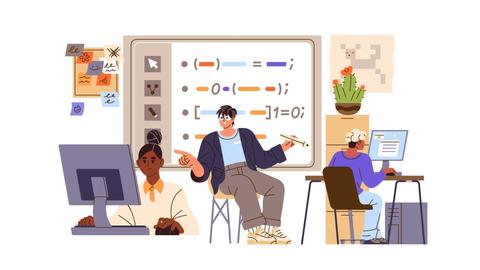
An innovative educational project is gaining momentum in UK primary schools, aiming to change attitudes towards video games.

The Massachusetts Institute of Technology (MIT) presents MIT Learn – a revolutionary online platform that opens a “new front door” to access university knowledge and resources.
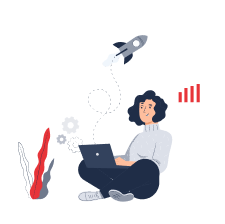

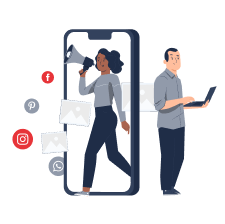
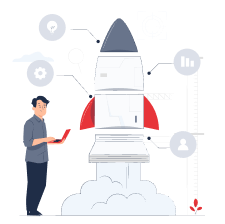

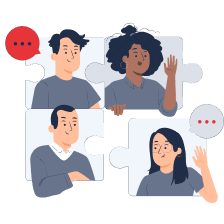



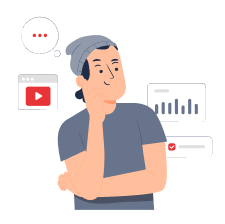

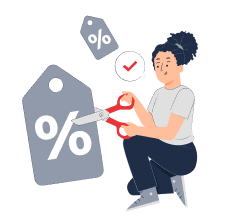
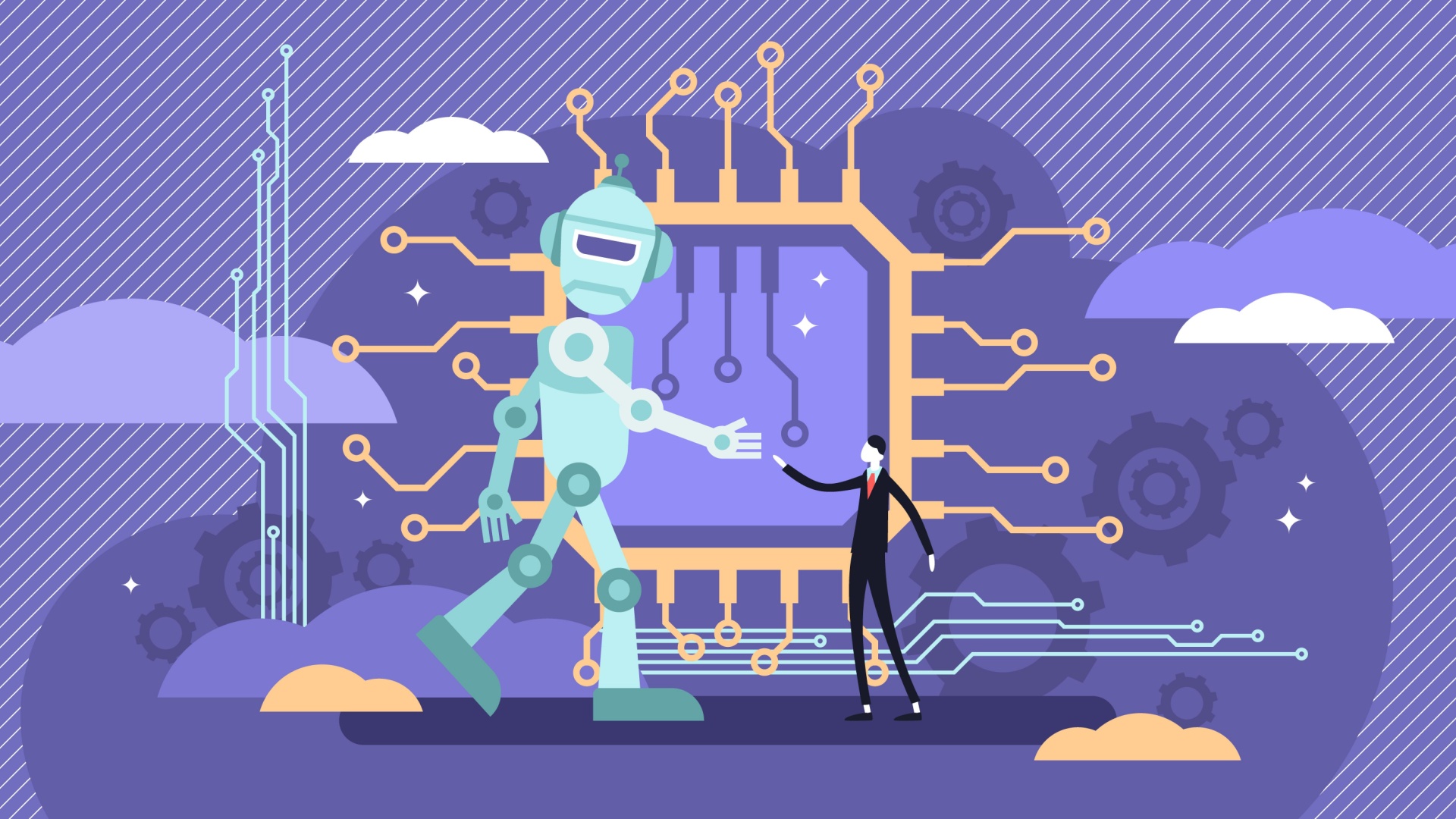 Use AI Wisely: Rules for Ethical Interaction with Neural Networks
Use AI Wisely: Rules for Ethical Interaction with Neural Networks
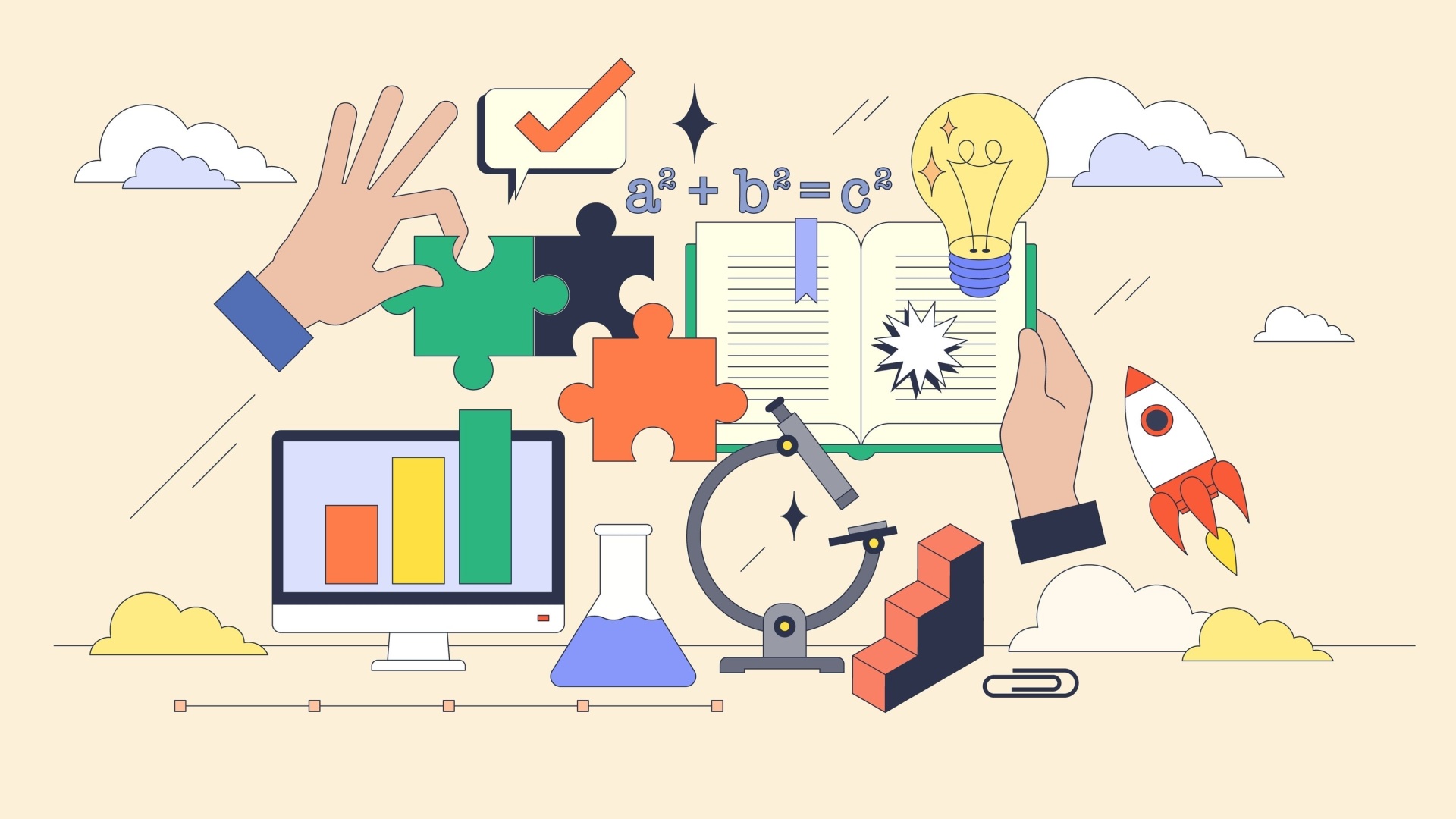 Where Creativity Meets Technology
Where Creativity Meets Technology
 Eco-Friendly Lifestyle: 2025 Trends
Eco-Friendly Lifestyle: 2025 Trends
 Test: What Kind of Ancient Goddess Are You?
Test: What Kind of Ancient Goddess Are You?
 Test: Which Great Woman Would Invite You for Tea?
Test: Which Great Woman Would Invite You for Tea?
 Test: How Well Do You Balance Work and Personal Life?
Test: How Well Do You Balance Work and Personal Life?
